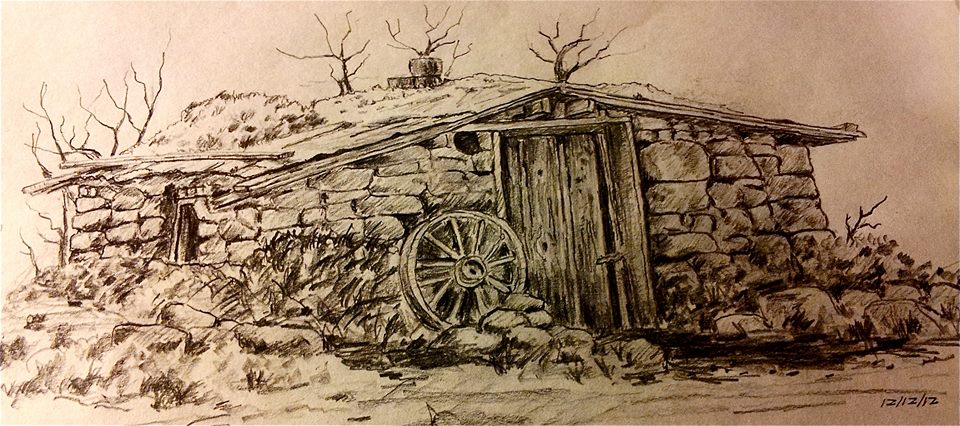Meeting #3
February 20 (12:30 – 1:30)
The Sochi Winter Olympics is coming to an end and with its closure is a lot of retrospect on what accomplishments and struggles we have faced. The controversy surrounding human rights and homosexuality have been making the news and many opinions and protests have been formed. As a Olympic FANATIC (I’ve watched almost 100% of what’s been broadcast on NBC), I have witnessed some sort of discussion about this topic on TV every single day.
Going into my meeting with my ESL partner, I was very nervous about the questions I had to ask. For instance, I knew beforehand that the Indian athletes did not participate at the Olympics as India, they participated as “the Independent” Team. I looked up the reason why and it basically all comes down to politics.
I also knew that India wasn’t exactly all that big on winter sports and if you know where India lies on the globe, you’d understand why. But, that’s not exactly important in my opinion; what’s important is whether or not my ESL partner, Srismrita, knew of the controversies going on. The answer is no, she has not been keeping up with the Olympics and she also did not know too much about the controversy surrounding this year’s Winter Olympics.
Before I asked the questions, I assured her that we absolutely did not have to discuss anything she was uncomfortable with. Having said that, I asked “what is homosexuality culture like in India? How is it tolerated and what is the popular opinion on it?” Her answer surprised me: Gay marriage is legal in India. Honestly, I did not expect that India tolerated gay marriage in that way. In fact, after our meeting was over and I looked over the notes I took, I had to text Srismrita to ask her again, “you said gay marriage was LEGAL, right?” She reassured me it was. Sure, many people in India do not like the idea of gay marriage, but the government has inherently made it a law to tolerate it, as Srismrita explained to me. I told her that there are only a few select states in America that allows gay marriage and that Louisiana is not one of them.
As Srismrita and I discussed the controversial topic of homosexuality, I purposely avoided both revealing my stance on homosexuality and asking for her stance on homosexuality. I decided, out of respect and realizing that we come from different places, to avoid any debate and just go with the facts we know.
Later, I deliberated about another event that was happening with the Sochi WInter Olympics: the Pussy Riot events. For those who don’t know, Pussy Riot is a punk band from Russia who are protesting against the violence towards gays and is trying to get America to boycott the Olympics by not watching or supporting it. Srimsrita was not familiar with this event. I asked for her opinion on whether or not it would be right to boycott the Olympics as Americans. Her answer was very similar to the one I gave in class, “Russia isn’t really Russia right now, it’s the Olympics. Meaning there are more than 80 countries coming together, which means 80 different views and cultures.” Another thing she said that I liked was, “Even though, yes we are all competing against each other, we are still all bonding and becoming closer and that is a great thing.” I agreed. When you boycott the Olympics, you’re not quite boycotting Russia’s actions towards homosexuals, you are boycotting something else.
By the time I went through all of the questions in my assignment, only 20 minutes had passed. We spent the rest of the time talking about topics that interested us: like Mardi Gras! Srismrita is going to New Orleans for Mardi Gras (Good for her!). She asks me what are some places to visit while she’s down there. I’ve only been to New Orleans twice, but I recommended Café Du Mont, the most iconic restaurant of the city in my opinion. I also mentioned the upcoming Mardi Gras parades in Baton Rouge and I told her when and where. I hope she has a fun memorable experience with her husband and friends.
We also discussed my essay topic, which went rather well considering the topic was the rape problem in India. What we found ironic is that Americans tend to view India having a bad rape problem whereas America has it much worse. We also discussed the gender inequality issues and what the differences were between India and USA. Two things that I found extremely interesting:
1. In India, when students are in grade 8, they usually take a class that is equivalent to our sex education class here. However, along with learning about sex, they also learn about gender equality. I was not taught gender equality in my sex ed. class, but I suppose this problem is not as severe in America as in India.
2. Woman teachers in India tend to wear the traditional saree (or sari) shown here:
I really, really enjoyed this week’s meeting with Srismrita. We discussed many interesting and fun topics. I feel that we have become closer and more comfortable with conversation.
Fun fact I learned from this week’s meeting:
Since I’ve watched Team USA compete in the past 4-5 Olympics, I pretty much know which sports we are good at and which we are not. I also know that we win a lot of medals every time; we are always in the top 3 countries for medal count.
In comparison, India has won 20 medals: 9 gold, 4 silver, 7 bronze. These medals were mainly won in: Shooting, Wrestling, Field Hockey, Tennis, Weight-lifting, and Boxing. (None in winter sports)
And also, Indians are crazy about the sports Cricket, Soccer, and Field Hockey. (As per Srismrita’s husband.)
























